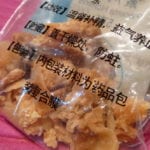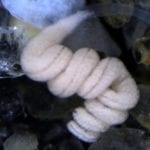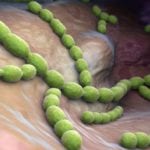 Our World
Our World  Our World
Our World  Movies and TV
Movies and TV The 10 Coolest Stars to Set Sail on The Love Boat
 History
History 10 Things You Didn’t Know About the American National Anthem
 Technology
Technology Top 10 Everyday Tech Buzzwords That Hide a Darker Past
 Humans
Humans 10 Everyday Human Behaviors That Are Actually Survival Instincts
 Animals
Animals 10 Animals That Humiliated and Harmed Historical Leaders
 History
History 10 Most Influential Protests in Modern History
 Creepy
Creepy 10 More Representations of Death from Myth, Legend, and Folktale
 Technology
Technology 10 Scientific Breakthroughs of 2025 That’ll Change Everything
 Our World
Our World 10 Ways Icelandic Culture Makes Other Countries Look Boring
 Our World
Our World 10 Ways Your Christmas Tree Is More Lit Than You Think
 Movies and TV
Movies and TV The 10 Coolest Stars to Set Sail on The Love Boat
 History
History 10 Things You Didn’t Know About the American National Anthem
Who's Behind Listverse?

Jamie Frater
Head Editor
Jamie founded Listverse due to an insatiable desire to share fascinating, obscure, and bizarre facts. He has been a guest speaker on numerous national radio and television stations and is a five time published author.
More About Us Technology
Technology Top 10 Everyday Tech Buzzwords That Hide a Darker Past
 Humans
Humans 10 Everyday Human Behaviors That Are Actually Survival Instincts
 Animals
Animals 10 Animals That Humiliated and Harmed Historical Leaders
 History
History 10 Most Influential Protests in Modern History
 Creepy
Creepy 10 More Representations of Death from Myth, Legend, and Folktale
 Technology
Technology 10 Scientific Breakthroughs of 2025 That’ll Change Everything
 Our World
Our World 10 Ways Icelandic Culture Makes Other Countries Look Boring
10 Worms Used By Humans
There are thousands of worm species on planet Earth. Although some are microscopic, the giant Gippsland earthworm in Australia can grow up to 3 meters (9.8 ft) long. It has become a protected species due to a low rate of reproduction and slow development. Agriculture has also significantly reduced its numbers.
Despite their impressive size, giant Gippsland earthworms pale in comparison to the ocean-dwelling bootlace worms, which can rival the length of an Olympic swimming pool. There are more than 1,000 species of ribbon worms. Most of them only reach 1.8–2.1 meters (6–7 ft) in length and roughly 2.5 centimeters (1 in) in circumference, but some specimens have reportedly grown to 60 meters (197 ft) long.
The majority of worms are used to feed bigger animals. But humans have also learned to use them in other areas, including but not limited to medicine, cosmetics, compost, clothing, and food production. (We have also included some insect larvae here because of their wormlike appearance.)
10 Night Crawlers
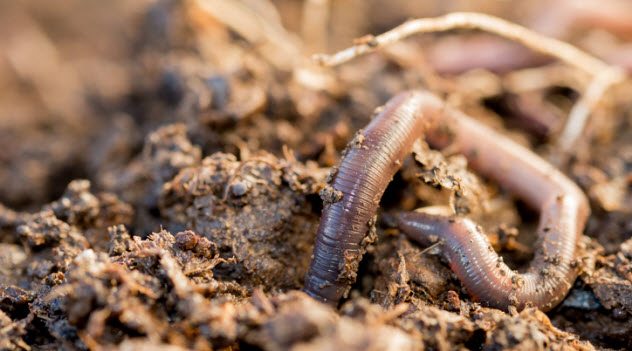
The cosmetic industry is known to use various ingredients from the animal kingdom. Earthworm feces are among those ingredients. After digging around and breaking down nutrients, worms leave behind their castings. According to skincare product manufacturers, these do wonders for human skin.
Night crawlers are one of the most common species of earthworms. They can be found in nearly every garden and are divided into two types: European and Canadian.
European night crawlers reach up to 7.6 centimeters (3 in) and are sometimes used for fishing, composting, and feeding pet lizards or turtles. Meanwhile, their Canadian counterparts can grow up to 36 centimeters (14 in) and make excellent fishing bait by remaining alive for up to five minutes underwater and attracting fish with their movements.[1]
Night crawler feces are even bought and sold online. The castings are gathered, screened, and checked for quality. Then they are kept moist and aerated until shipment.
Antiaging skin products, which contain these earthworm castings, claim to have additional copper peptides, auxins, kinetins, humates, and cytokinins. Their benefits include hydration and uptake of nutrients, firming of skin, collagen production, and stimulating the growth of healthy cells.
9 Bloodworms
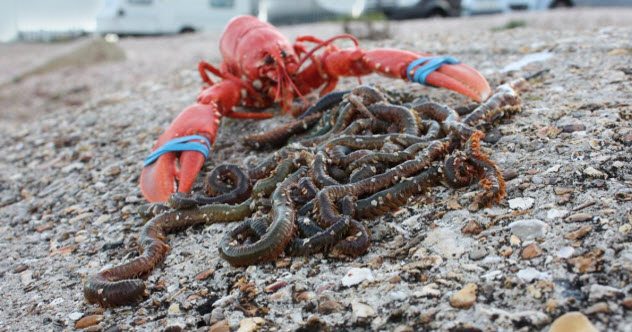
Bloodworms can be found on the bottom of bodies of water. These marine worms are named after their bright red color. Almost every species of fish eats bloodworms, which makes them perfect fish food even for picky eaters.
Bloodworms are also commonly used by fishermen. Marine worms are some of the most valuable items to come out of the sea. Experts estimate that 121,000 tons of worms, valued at roughly $7.5 billion, are used each year worldwide as bait. That is more than triple the annual revenue of the US sushi industry.
Researchers say that marine worms are more expensive than any seafood you can think of. About four times the price of lobster, 0.5 kilograms (1 lb) of bloodworms costs more than $80 in the United States.[2]
8 Flukeworms
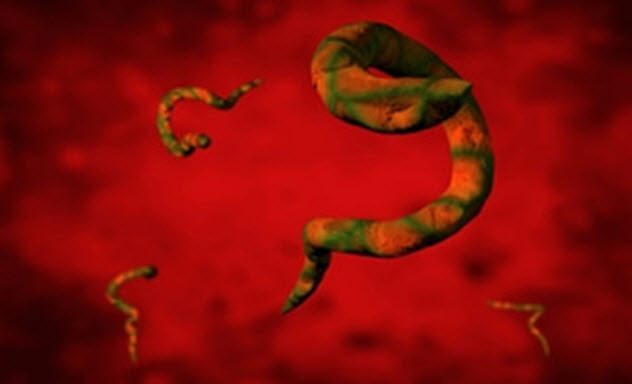
Eating fluke-infested raw or undercooked freshwater fish can lead to liver fluke disease. Liver flukes are parasitic worms, which have infected approximately 35 million people throughout the world. The worms cause chronic inflammation of the liver’s small bile ducts and the gallbladder, where they live for 20–30 years.
Flukeworms are the most common in Southeast Asia, Taiwan, Laos, Vietnam, South Korea, Thailand, Eastern Russia, and China. The parasite has infected 15 million people in China alone. While most people do not display any symptoms, patients with severe infections experience fatigue and abdominal discomfort. High bile duct cancer rates are associated with a high liver fluke infection prevalence.[3]
Despite the worm’s destructive capabilities, researchers have discovered that it could help to significantly improve the healing of wounds. A specialized growth factor that facilitates expanded blood vessel growth and healing has been isolated by scientists. Reportedly, worms use the growth factor to promote their host’s healing as they eat away at vital blood cells.
A more effective growth factor means a greater risk of bile duct cancer. However, scientists are working on isolating this wonder drug from the carcinogenic compounds. Creating vaccines capable of healing chronic wounds, such as diabetic ulcers, is their ultimate goal. Additionally, the same vaccine may also safeguard people from bile duct cancer induced by the parasite.
7 Butterworms
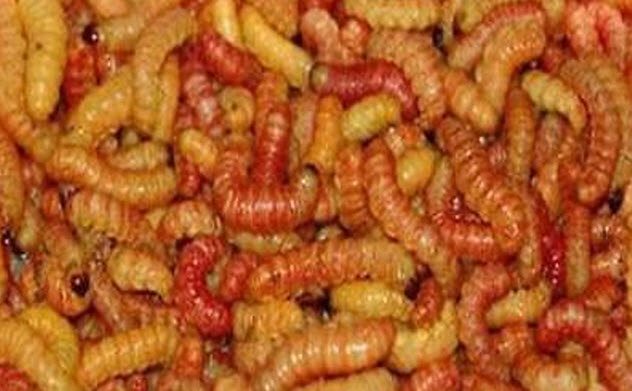
Butterworms are another species frequently used in fishing. They are the larvae of Chilean moths, which are considered a pest anywhere besides Chile. Potential infestation threats have resulted in strict import regulations, but the worms are still regularly shipped to the United States. Low-level radiation is used to prevent any imported worms from pupating and breeding.
The main trait setting this species apart is its strong fruit-like smell, which many fish find appetizing.[4] Butterworms make especially good bait for bass and panfish. The scent and bright color of butterworms also help to attract more stubborn eaters, such as pet geckos, iguanas, and other reptiles.
6 Mealworms
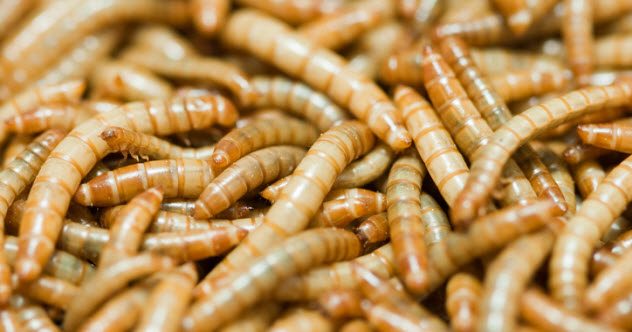
Mealworms give a whole new meaning to homegrown food. Mealworm beetle larvae have recently become a more common food for humans. Mealworms can be grown right in your kitchen and provide the protein content of beef without the environmental downside of raising cattle.
People scoff at the concept of eating worms. According to Katharina Unger, the founder of Livin Farms, it should be thought of as consuming land shrimp instead. She even stated that the worms are so closely related to some seafood that you should not eat mealworms if you are allergic to shellfish.
Livin Farms provides the world’s first desktop hives for edible insects. Mealworms can be fed with vegetable scraps from your kitchen, and the hive provides a controlled microclimate for optimum growth. LED lights indicate when the worms are ready for harvest.
Supposedly, mealworms can replace meat or other protein-rich foods while remaining better for your health and the planet than raising other animals for food. The worms are said to have a nutty flavor and crispy texture.[5]
5 Red Worms
Vermicomposting (composting with worms) is a convenient way to dispose of organic waste. Homegrown compost is great for feeding and nurturing plants. This organic garbage disposal recycles food waste into garden soil conditioner by letting worms simply live as they normally would.
While this job can be performed by most earthworm species, none of them do it quite as well as red worms. Night crawlers, for example, cannot survive on food waste alone. However, red wigglers are perfect candidates for this endeavor. As long as they are provided with adequate food and good housing, their population can double every 90 days.[6]
All organic material naturally goes through the process of decomposition over time. But the process is significantly hastened by the nutrient-rich vermicompost. Farmers can also predetermine the manure content. Feeding the worms with eggshells results in a calcium-rich end product. Meanwhile, feeding them with coffee pulp leads to fertilizer rich in phosphorus and potassium.
Other red worm foods include tea bags, bread, all fruits apart from citrus, vegetables, grains, and cereals. It is also advisable to avoid feeding meats, dairy products, fats, and oils to the worms. Moisture plays an important role in the well-being of worms, and 240 milliliters (1 cup) of water per day is recommended.
4 Fly Larvae
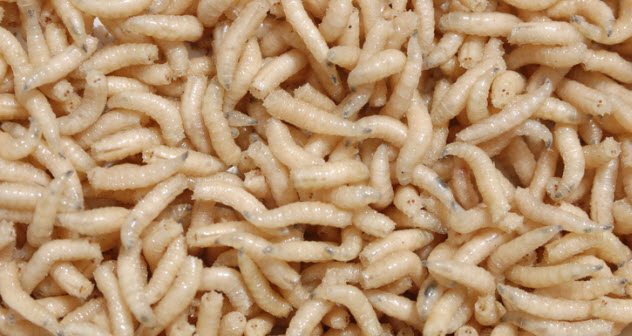
Italy is known for delicious foods. In the eyes of most people, casu marzu, the cheese full of maggots, is not one of them. It is derived from pecorino, a cheese that does not contain any living creatures. Hundreds of years ago, people in Sardinia decided to change that.
Casu marzu is made by introducing fly larvae to the cheese to reach an advanced level of fermentation. Some choose to remove the maggots before serving. Otherwise, they have to be eaten alive. It is believed that the cheese becomes dangerous after the maggots die. Casu marzu has become illegal in the EU due to health and safety issues.
Fats in the cheese break down quickly and make it soft, almost liquid, in some cases. Ammonia fills the cheese and can sting when eaten, with an aftertaste that lasts for hours. Sardinians continue making casu marzu and have not stopped trying to get it back on the EU’s approved foods list.
If maggot cheese is not disgusting enough, human skin filled with the fly larvae takes it to another level. Feeding is the only goal that maggots have. Their passion for consuming dead flesh makes fly larvae uniquely beneficial to human health.
Maggot therapy is a procedure in which these larvae are grown under strict, sterile conditions and applied to festering wounds. The same medical treatment has been used for centuries, dating back to ancient tribes and cultures. Willingly inviting these creatures to crawl and feed on wounded bodies may sound disturbing but works wonders for many.
The larvae secrete enzymes that coat and break down dead tissue. Then they suck up the digested material. Their secretions also kill several species of bacteria, and a small antibacterial molecule is released simultaneously. There is no modern-day treatment capable of rivaling their wound-healing abilities.[7]
3 Hookworms
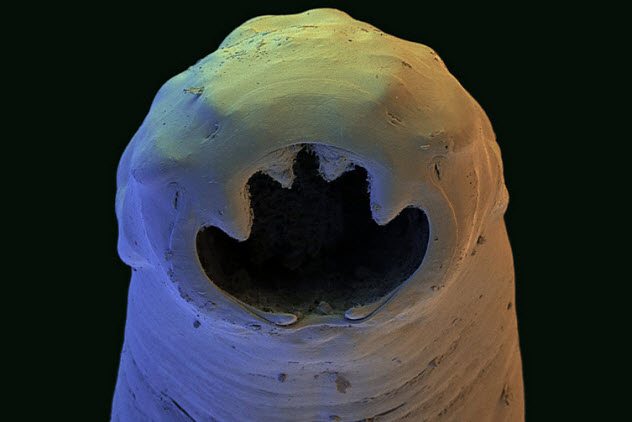
Hookworms are parasites that use little spikes to puncture the skin and burrow inside a host. They use the bloodstream as a ride through the heart until they reach a capillary in the lungs. Next, hookworms crawl out of the lung through the stomach and into the small intestine. That is where they bite onto the intestinal wall and begin sucking out a few drops of blood every day.
The parasite suppresses the immune system without shutting it down completely. That way, the hookworm stops the immune cells from attacking it. Surprisingly, this can be helpful to humans in some cases. It prevents the immune system from getting out of control and attacking the body, causing autoimmune problems.
In 2011, a pharmaceutical company tested the hypothesis that hookworms could reverse autoimmune complications. Tests showed that the proportion of patients who improved with the assistance of parasitic worms did not differ from the proportion of patients who improved with a placebo.
Despite unsuccessful clinical trials, several cases of people recovering from their allergies, hay fevers, and Crohn’s disease due to hookworms have been reported. However, the side effects of diarrhea and cramps sometimes caused by these worms might outweigh all their benefits.[8]
2 Silkworms
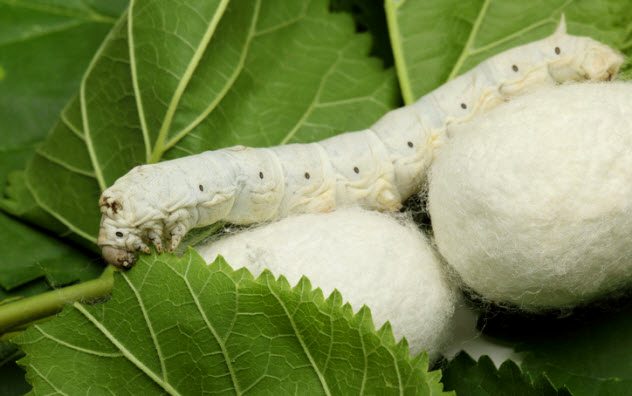
Silkworms were first used by mankind about 8,500 years ago in China. The Chinese were the first to discover that silkworm cocoons could be unwound and woven into a beautiful fabric. The highly prized silk was reserved exclusively for royalty. Production secrets of this fabric were guarded by the Chinese for thousands of years.
It spread to Korea by AD 300 and later to Japan. Monks smuggled silkworm eggs from China to Europe under Emperor Justinian’s orders. For centuries afterward, sericulture spread rapidly throughout Europe and Asia.
Over the years, scientists have learned to genetically modify silkworms and make them produce the strongest natural fiber in the world. Spiders cannot be raised in concentrated colonies to produce silk due to their cannibalistic tendencies.
That is why Kraig Biocraft Laboratories modified these worms to produce spider silk instead. This genetically engineered silk is stronger than steel, absorbing more than 100,000 joules of kinetic energy.[9]
One of the special fiber varieties was named “Dragon Silk” and used to produce armor for US soldiers. Tests run by the military proved to be effective enough for the US Army to fully fund spider silk development. Total allocated funding for this purpose was a $1.02 million contract. The company continues to produce new types of fiber which surpass the performance of the original “Dragon Silk.”
1 Tapeworms
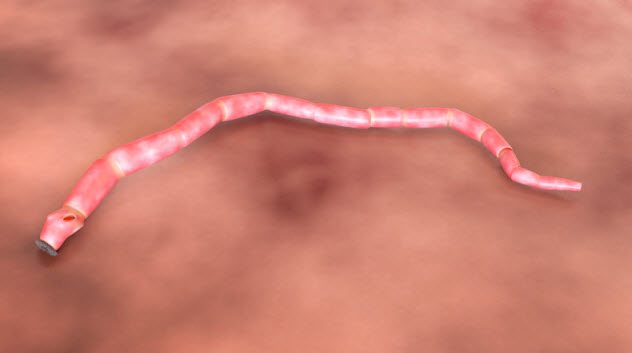
Tapeworms are parasites that obtain nutrients from their host’s digestive system. Humans, dogs, sheep, cows, pigs, and fish can be infected by this parasite. Tapeworms usually find a way into humans through raw or undercooked infected animal meat. Eating food prepared by an infected individual or drinking from contaminated water sources can also lead to a tapeworm infection.
Once ingested, they attach themselves to the intestinal wall and absorb nutrients, continuously growing and producing eggs that are shed in the feces. Some tapeworms live up to 20 years within the host and grow up to 4.6–9.1 meters (15–30 ft) long.[10]
While most people would do anything to get rid of tapeworms, some individuals ingest these parasites on purpose. One symptom of having a tapeworm is poor nutrient absorption. That allows the host to consume more calories while still losing weight.
According to scientists, an infected host may lose 0.5–0.9 kilograms (1–2 lb) per week. Once the target weight is reached, a deworming agent is used to kill the tapeworm. However, this extremely dangerous treatment is only legally available in Mexico for $1500.
Technically, this method does result in weight loss. But removing the worm tends to be immediately followed by weight gain. The worm can also cause a swollen stomach, which goes against the desired result. Tapeworms drain vitamins from the body, leaving their hosts malnourished. In some cases, tapeworm infections have been lethal.
Read more weird facts about worms on 10 Weird Facts About The Incredible Velvet Worm and Top 10 Most Horrific Parasite Infections.
